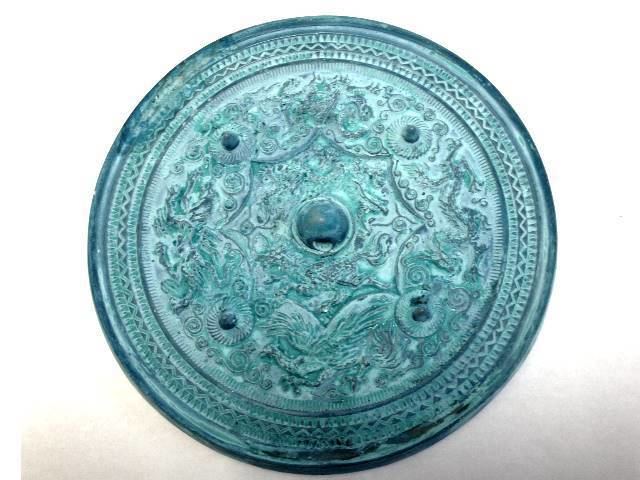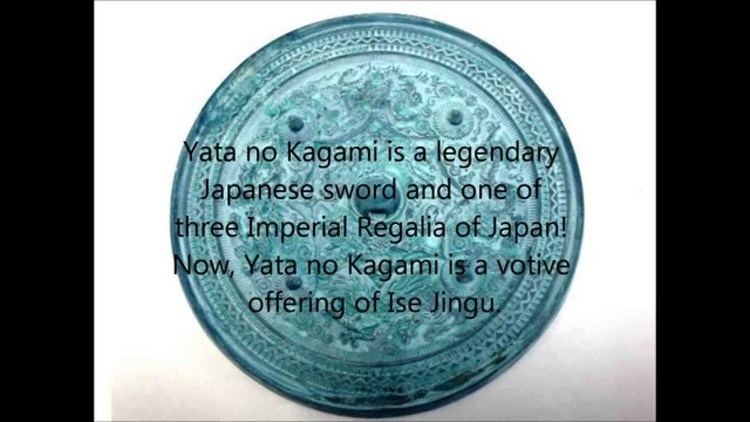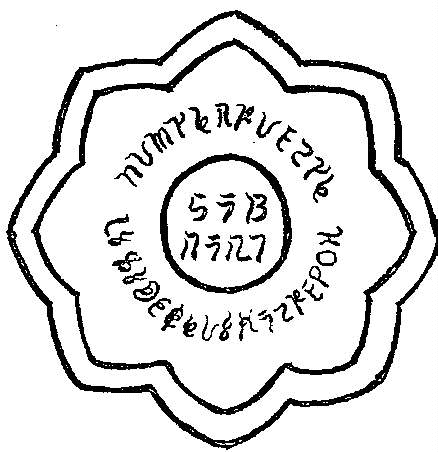 | ||
Op spells kizaru yata no kagami t
Yata no Kagami (八咫鏡) is a sacred mirror that is part of the Imperial Regalia of Japan. It is said to be housed in Ise Grand Shrine in Mie Prefecture, Japan, although a lack of public access makes this difficult to verify. The Yata no Kagami represents "wisdom" or "honesty," depending on the source. Its name literally means "The Eight Hand Mirror," a reference to its octagonal shape. Mirrors in ancient Japan represented truth because they merely reflected what was shown, and were a source of much mystique and reverence (being uncommon items). Japanese folklore is rich in stories of life before mirrors were commonplace.
Contents

In the Japanese mythology this mirror was forged by the deity Ishikoridome; it and the Yasakani no magatama were hung from a tree to lure out Amaterasu from a cave. They were given to Amaterasu's grandson, Ninigi-no-Mikoto, when he went to pacify Japan along with the sword Kusanagi. From there, the treasures passed into the hands of the Imperial House of Japan.

In the year 1040 (Chōkyū 1, 9th month), the compartment which contained the Sacred Mirror was burned in a fire. Whether that mirror was irrevocably lost or not, it is said to be housed today in Ise Grand Shrine, while a replica is enshrined in Three Palace Sanctuaries of the Imperial Palace in Tokyo.

Yata no kagami


